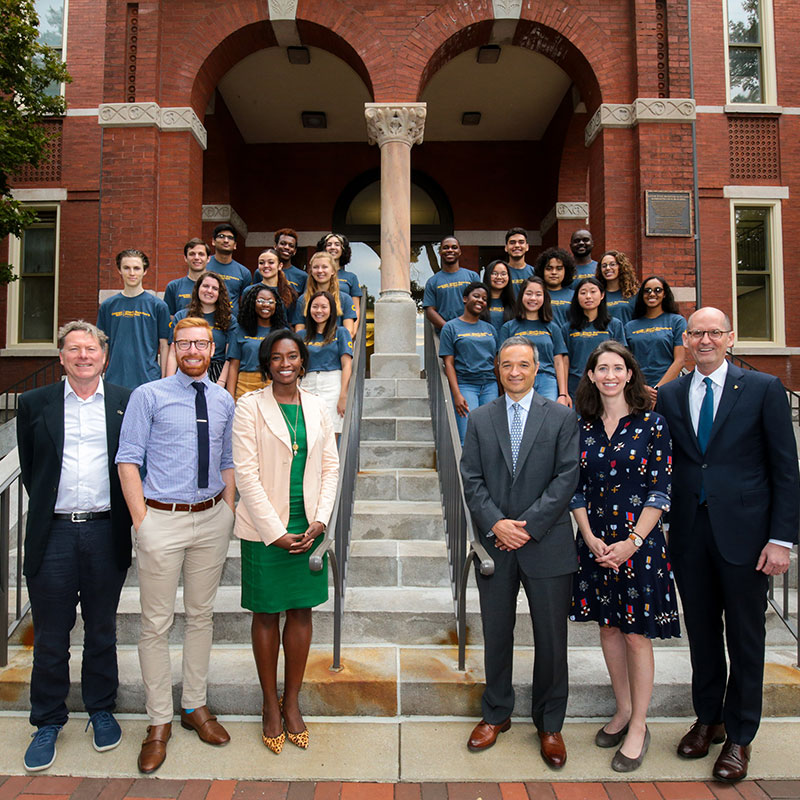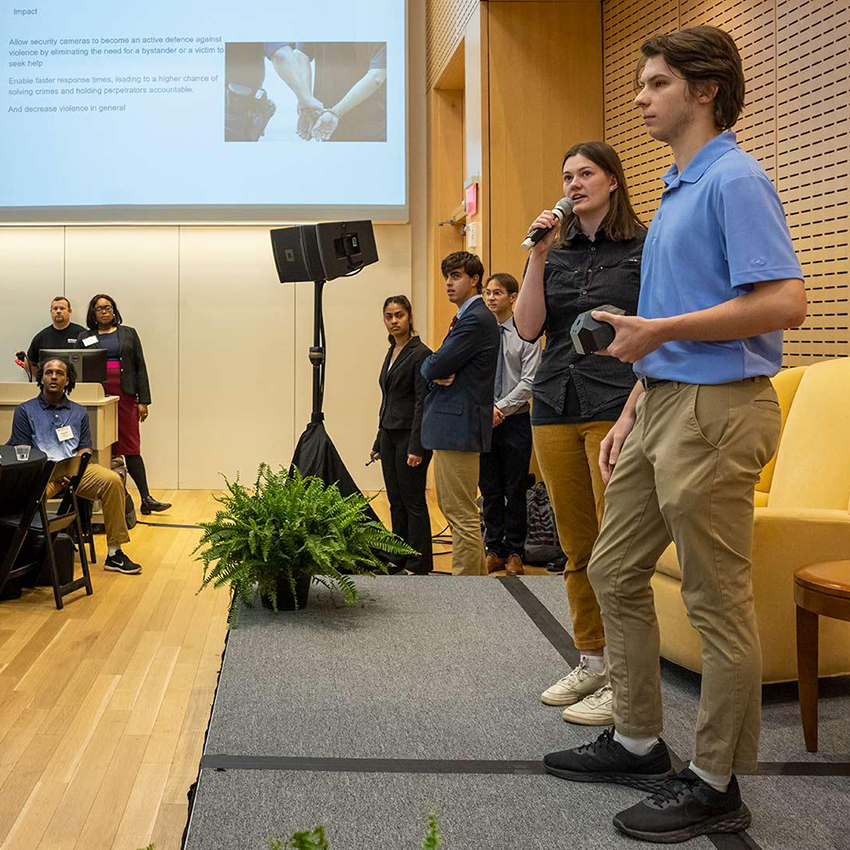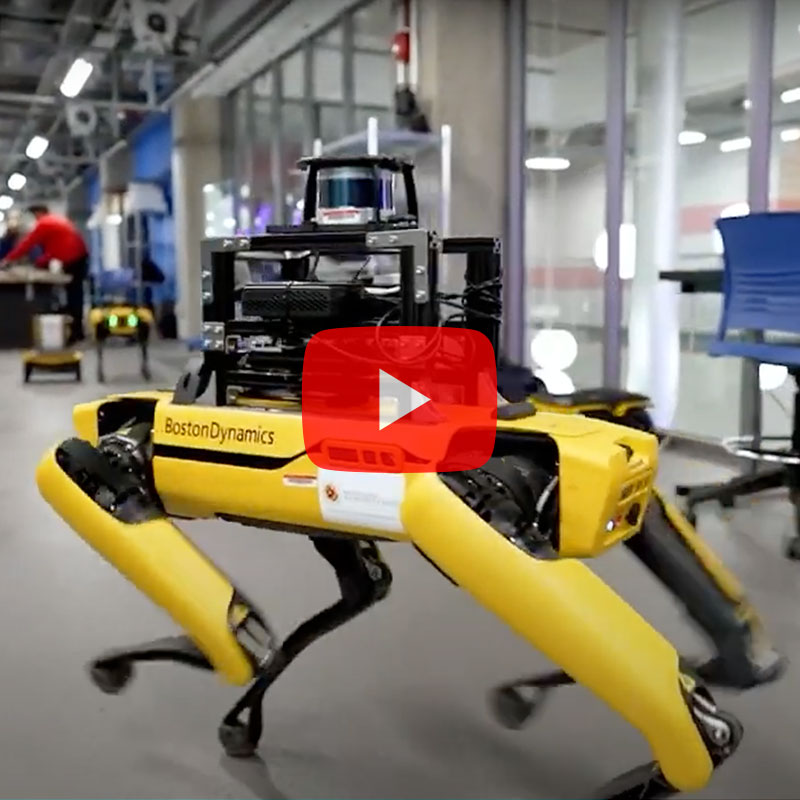University of Maryland Opens Unmanned Aircraft Systems Test Site in Southern Maryland
August 5, 2014The University of Maryland (UMD) A. James Clark School of Engineering has launched a new Unmanned Aircraft Systems (UAS) Test Site in Southern Maryland. With support from the University System of Maryland, the site will bring together leaders in academia, industry, and government to accelerate UAS research.
Congressman Steny Hoyer, who represents the district in which UMD and its UAS Test Site are located, said, “With Patuxent River Naval Air Station serving as a premier facility for research, development, testing, and evaluation, our region is already a hub for aviation innovation, and today’s launch of the UAS Test Site will put Southern Maryland at the forefront of integrating unmanned autonomous systems into our national airspace. With federal facilities like Pax River and a robust university system partnering together, Maryland will continue to lead the way in a critical field and benefit from diversification of our regional economy. I thank Chancellor Kirwan and his team at the University System of Maryland for their work to make this test site possible.”
Based in St. Mary’s County, just a few miles from Naval Air Warfare Center Aviation Division (NAWCAD) at Naval Air Station Patuxent River, Naval Air Systems Command (NAVAIR) headquarters, and NAWCAD Webster Field Annex, the UMD UAS Test Site will be a catalyst for research and development.
“Our expertise in autonomous vehicles research, aerospace engineering, and rotorcraft technology has positioned the University of Maryland as a pioneer and strong partner in the advancement of UAS research,” said Mary Ann Rankin, senior vice president and provost of UMD.
Managed by UMD’s Clark School of Engineering, the UMD UAS Test Site will create and deliver products and programs in support of workforce development and higher education goals.
“I am pleased that the University of Maryland, College Park will manage the site, and that its educational value extends to all University System of Maryland faculty, staff and students, as well as K-12 students throughout the state,” said Chancellor William “Brit” Kirwan of the University System of Maryland.
The test site will serve as a hub to focus the capabilities of the people and infrastructure in Southern Maryland, the University System of Maryland, government, and industry to address issues related to UAS technology and policy, and will provide new opportunities for those in the region.
“This new addition to the St. Mary’s County Technology Corridor is the first step toward a larger autonomous research initiative in the region,” said Maryland Delegate John Bohanan, who advocated for the establishment of the UMD UAS Test Site since the idea was conceived.“The test site represents the next big transformation of our Southern Maryland economy, and will offer up new job opportunities for Maryland residents.”
“Our existing relationship with the University of Maryland serves as the foundation of this new test site,” said Vice Admiral David Dunaway, commander of NAVAIR. “The sharing of human capital and expertise from the university, government, and industry will be a conduit for technology transfer, and the overall betterment of national security.”
The UMD UAS Test Site is part of the Mid-Atlantic Aviation Partnership, in consort with Virginia and New Jersey, under the Federal Aviation Administration (FAA) UAS Test Site program, and will help the FAA integrate UAS into the national airspace.
Matt Scassero, a former Navy captain who helped lead the Naval Air Warfare Center Aircraft Division, is Director of the new UMD UAS Test Site.
To learn more about the UMD UAS Test Site, visit http://uas-test.umd.edu.









